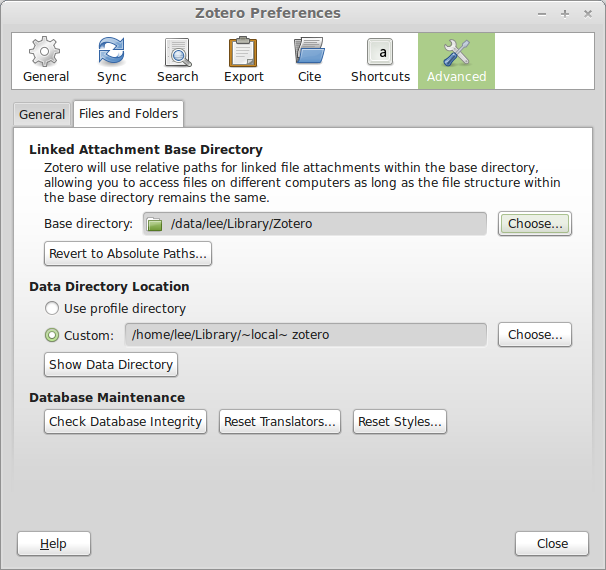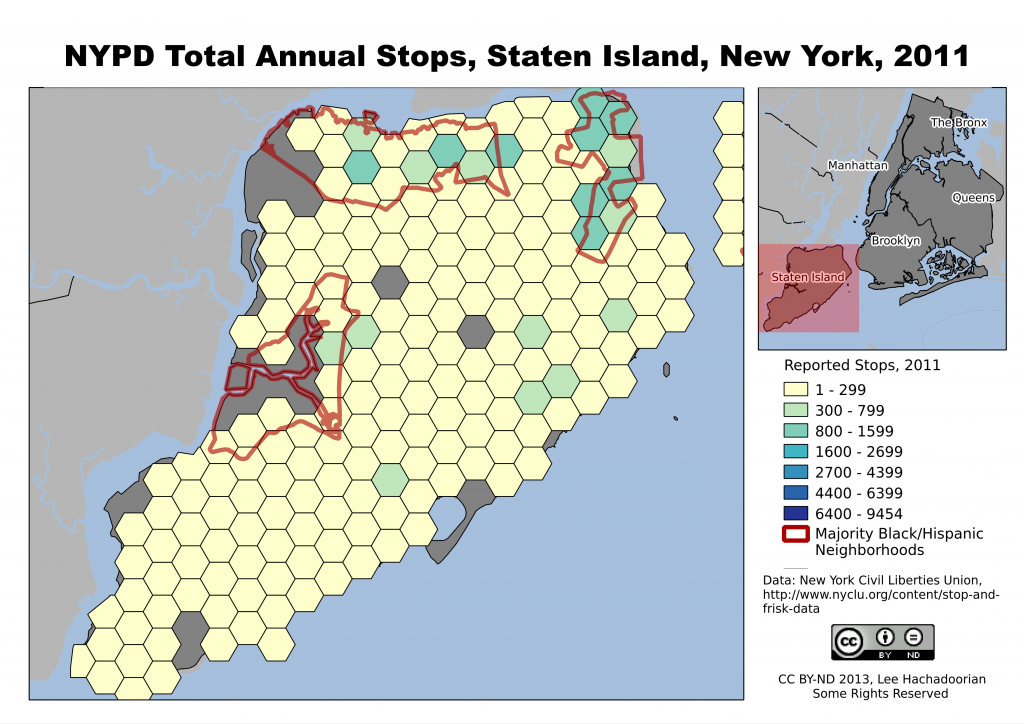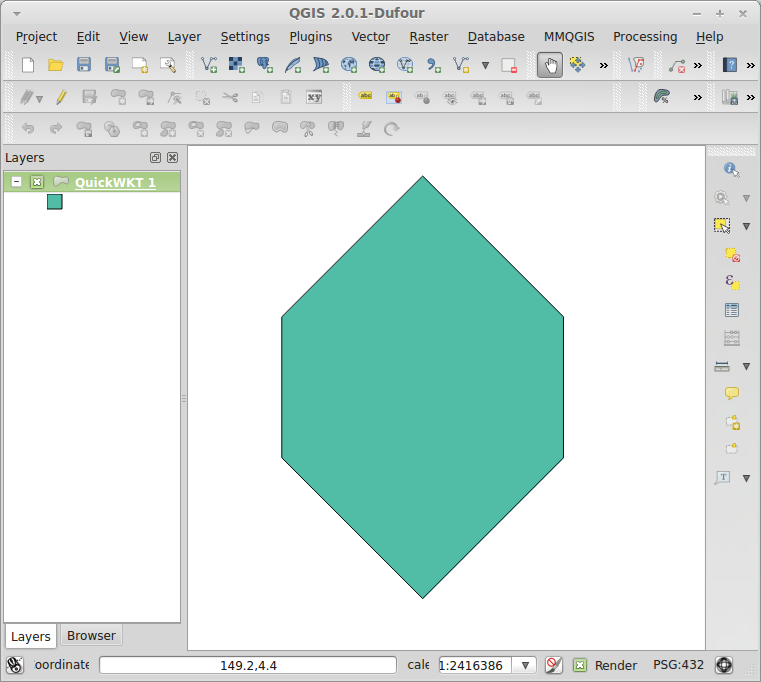-
CUNY Technology Group
Lee Hachadoorian replied to the topic Frank Donnelly has a new book!!I’m teaching at Temple University now, and the publisher gave us early
access for a course I taught this semester in Census Data Analysis with
GIS. The book is excellent, for classroom teaching, practitioners, and
general reference. Frank has done an excellent job of distilling the
must-know information for users new to working with Census data,…[Read more] -
Open Geospatial Technologies
NOTE: This guide is not tested for Ubuntu, but should work the same way.
I recently upgraded Linux Mint to version 18. As with the previous time I upgraded the OS, I wanted to upgrade PostgreSQL and PostGIS as […]
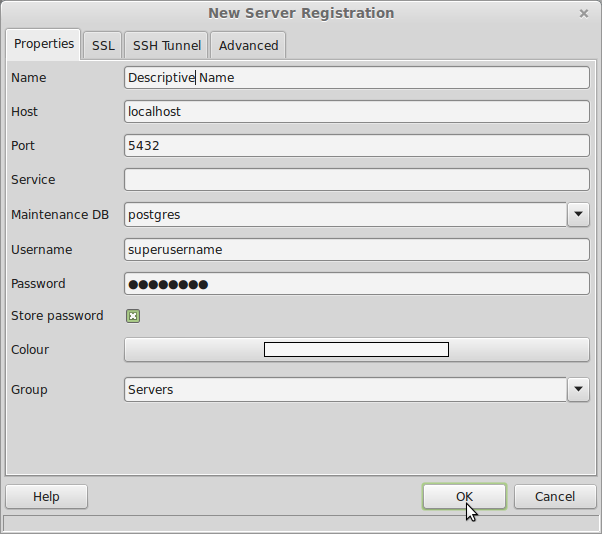
-
Open Geospatial Technologies
When you install Postgres on a Debian-based Linux distro (in my case, Linux Mint 18), the installer will automatically create a database cluster with a data directory in /var/lib/postgresql/9.5/main. But it’s […]
-
Open Geospatial Technologies
Linux Mint 17 (based on Ubuntu 14.04) was released before the Summer, but I finally got around to upgrading from Linux Mint 13. I was previously running PostgreSQL 9.0 / PostGIS 2.0, and it was time to upgrade […]

-
CUNY Technology Group
Lee Hachadoorian replied to the forum topic Software for managing researchI use Zotero for my references. The ZotFile plugin allows you to manage the PDF naming and folder structure. I’ve blogged about this here: […]
-
Free City
Lee Hachadoorian commented on the post, Setting Up a Portable Library with ZotFileMichelle,
You definitely have the Location of Files (second image above) set to a folder inside your Dropbox folder? If it’s not moving the files at all, I’m not sure what else it could be, as that’s where the […]
-
Open Geospatial Technologies
UPDATE: I just upgraded to QGIS 2.4 along with upgrading my OS to Linux Mint 17, and the problem described below no longer seems to an issue.
QGIS DB Manager has a SQL Window which is useful for extracting, […]
-
Open Geospatial Technologies
As I said in my last post, rgdal lacks some of the features of GDAL, including the ability to subset columns and rows the source layer, and I demonstrated a workaround. The workaround relied upon the RPostgreSQL […]
-
Open Geospatial Technologies
The function readOGR in the rgdal package is used to bring vector spatial data sources into R. readOGR() relies upon OGR (part of the GDAL/OGR library) for format conversion. Unfortunately, while OGR supports the […]
-
-
Free City
Last weekend I saw an episode of The Good Wife (it’s a few weeks old, I’m a little behind) in which the governor-elect of Illinois decides to send a message to fictional tech giant ChumHum by publicly floating the […]
-
Free City
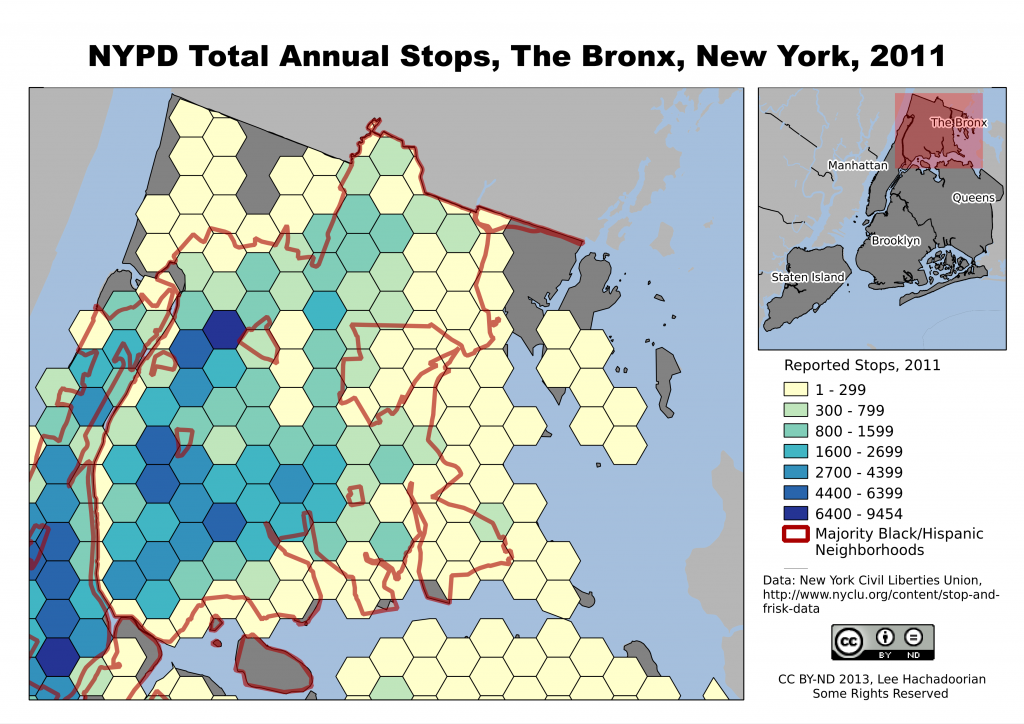
The Bronx is heavily Black and Latino, and shows a high number of NYPD stops over much of the borough.
There have been a lot of ups and downs in the battle over the NYPD Stop and Frisk program. Over the Summer, a federal judge ruled the program unconstitutional as practiced, and appointed a federal monitor to oversee reforms. Then, a month ago, a federal appeals panel removed Judge Scheindlin from the case, and put a stay on her orders. Bill de Blasio was elected mayor promising to drop the City’s appeal, but lame duck Mayor Bloomberg tried to push the appeal to a full overturning of Judge Scheindlin’s ruling before leaving office. Now the full Second Circuit has put on hold any further action while the litigants negotiate—clearly taking the ball from Bloomberg and passing it to the mayor-elect.

Stops are concentrated in predominantly Black and Latino neighborhoods like Bedford-Stuyvesant and East New York in Brooklyn, and East Elmhurst and Jamaica in Queens.
Much of the focus in the case has been on whether the Stop and Frisk program was implemented in a racially biased manner, with considerable concern over the targeting of young Blacks and Latinos. The maps I’ve created, based on the 2011 statistics, do show many more stops taking place in predominantly Black and Latino neighborhoods. The maps do not show the race of the people being stopped, an important consideration in the trial, as plaintiffs presented evidence that the “hit rate”—stops that actually led to the discovery of a crime—was much lower for Black and Latinos than for Whites, indicating that the police were using a different, and looser, standard for what they regarded as suspicious behavior by Blacks and Latinos.
The main exception to the correlation between neighborhood demographics and volume of police stops is in Manhattan. We do see a concentration of stops in the Black and Latino neighborhoods of Harlem and Washington Heights, but we also see generally higher stops in Manhattan than in the outer boroughs. Doubtless this is due to Manhattan’s generally higher nonresidential population (commuters, shoppers, etc.), as well as the generally higher pedestrian counts in Lower Manhattan and Midtown.
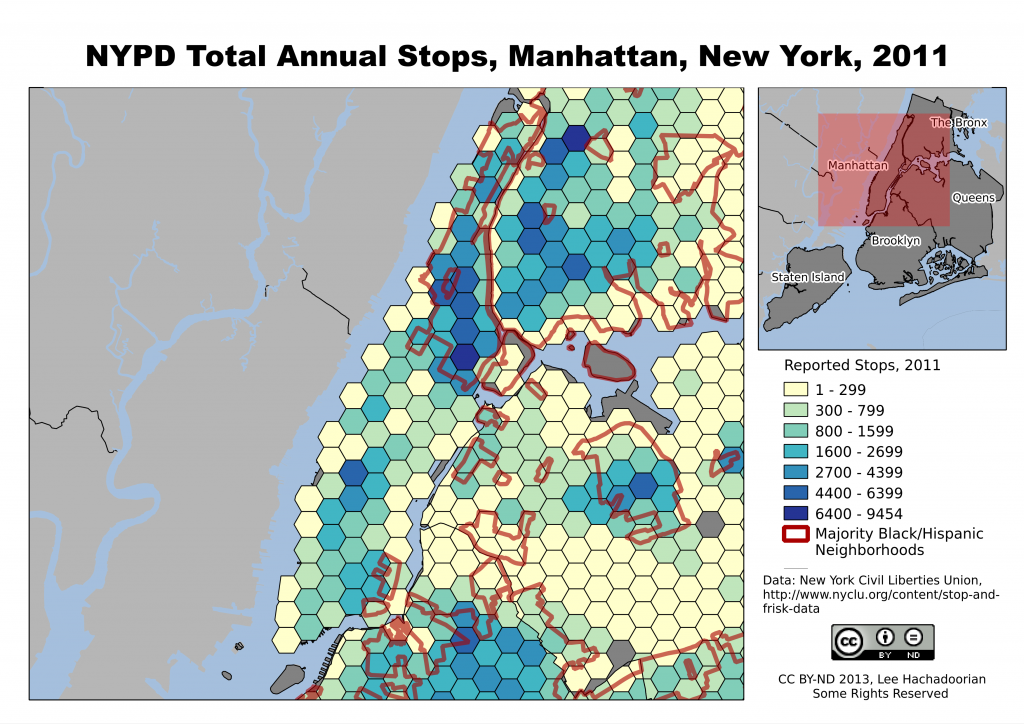
Manhattan, with its high daily influx of nonresidents for employment, shopping, and commercial activities, has high numbers of NYPD stops throughout the borough.
While the differences in “hit rate” helped Judge Scheindlin conclude that this policy led to “indirect racial profiling”, the ridiculously low yield—less than 12% of stops led to a summons or arrest in 2011 (about equally split)—suggests that the police are extremely poor judges of suspicious behavior. But what do you expect of a policy that allows the police to stop someone for “inappropriate attire for season” (about 7.5% of stops in 2011)?
-
Open Geospatial Technologies
I have a PostGIS polygon layer with a lot of small “islands”, that is, polygons which are not touching any other polygons. I wanted to delete them from the layer, or rather, since I wanted to a version with and […]
-
Open Geospatial Technologies
Often you will want to simplify polygons by removing holes. In my case, I had used PostGIS to clip Census tracts to shoreline, but the hydrology layer I was using also had small lakes, ponds, and streams interior […]
-
Open Geospatial Technologies
In a couple of weeks I will be presenting a workshop entitled Location Data Query with SpatiaLite and QGIS to the NYC Open Data Meetup. The workshop will describe how to do some typical GIS operations (e.g. […]
-
Open Geospatial Technologies
Welcome to my new blog. I have previously blogged (somewhat sporadically) at Free City, where I have occasionally posted some technical stuff about installing and using open source GIS software. I have decided to […]
-
Free City
The tagline of this blog is “Urban Economic Geography and Open Everything”. Free City supports free and open source software, open access publishing, and open data. Many governments are making much of their data […]
- Load More

